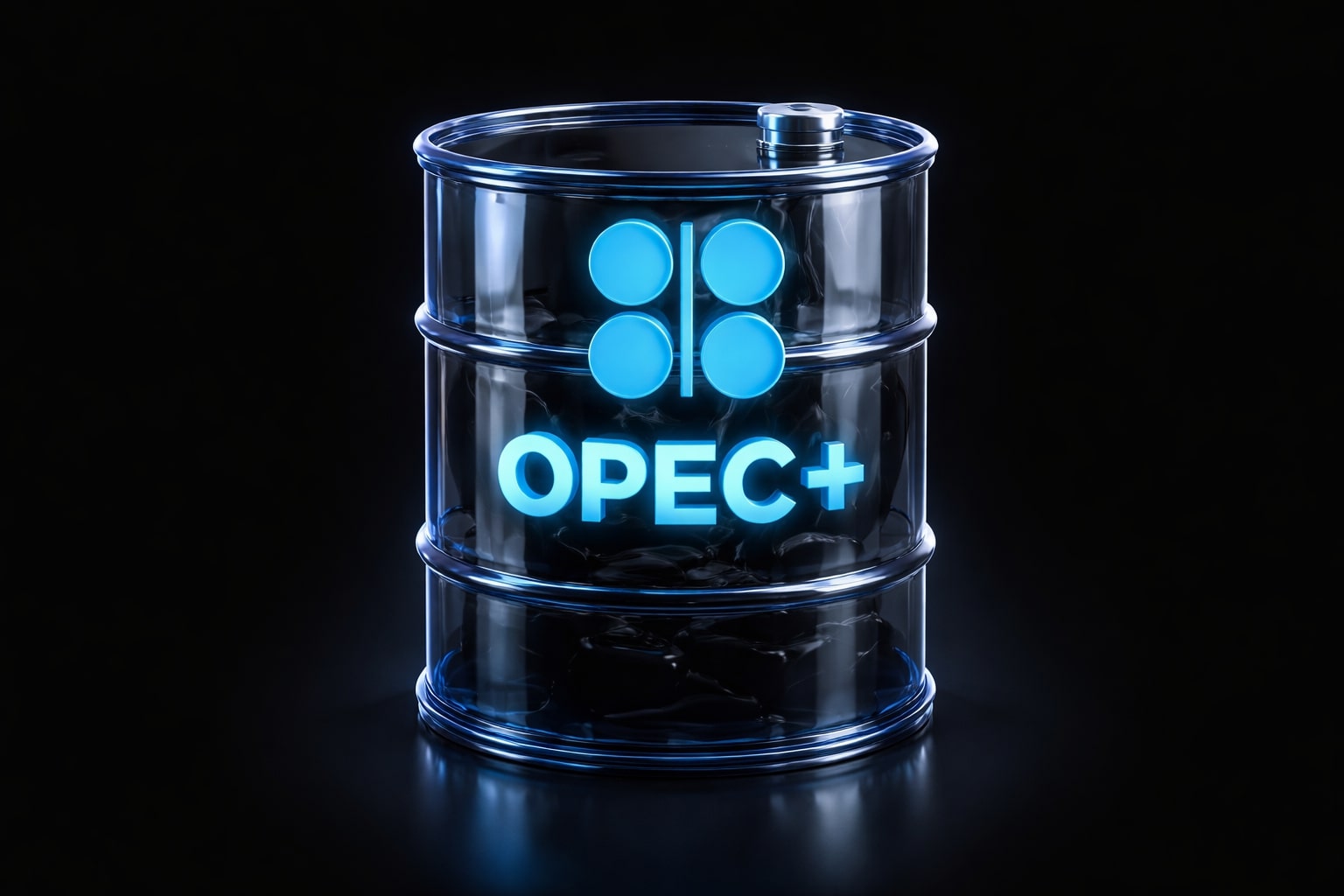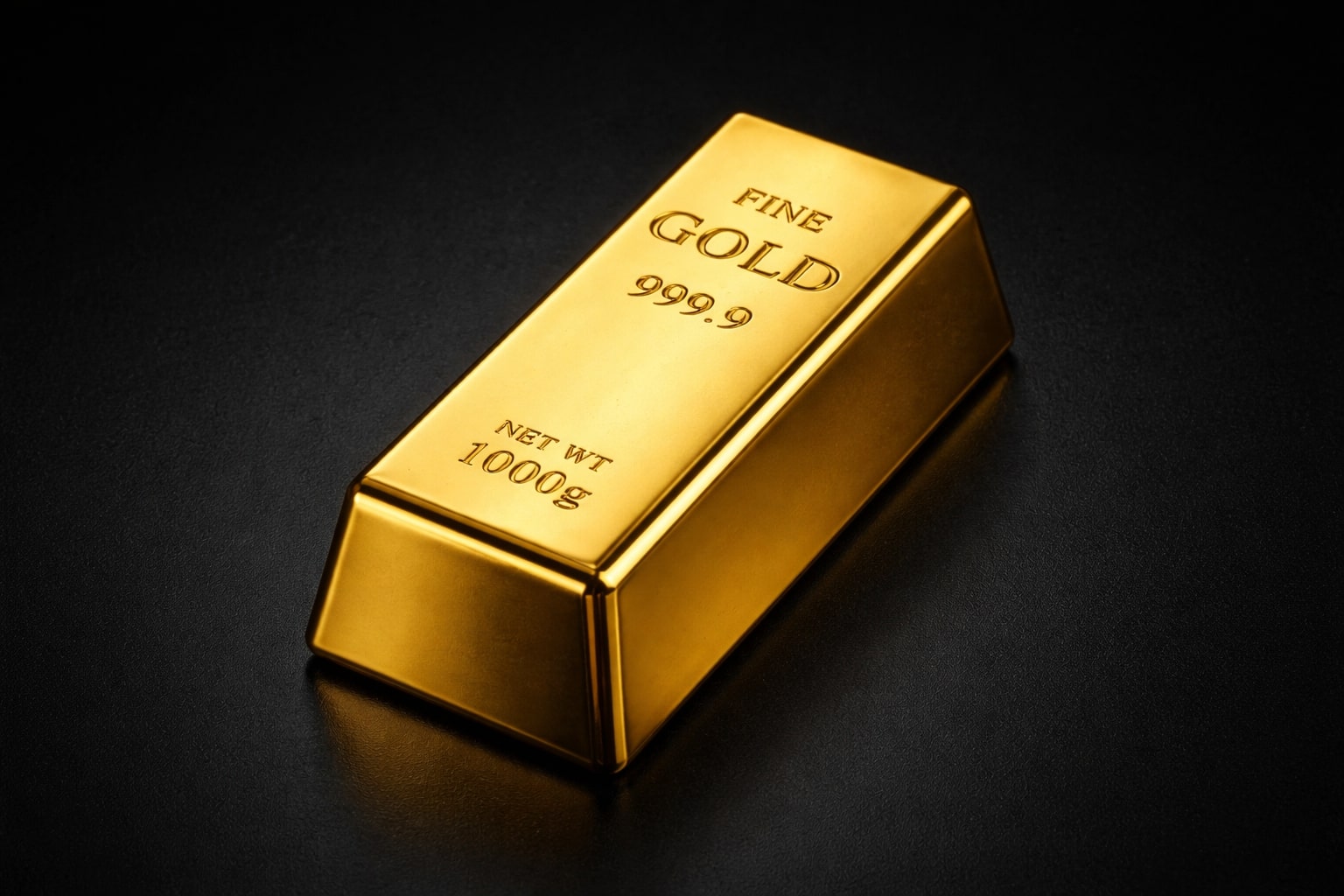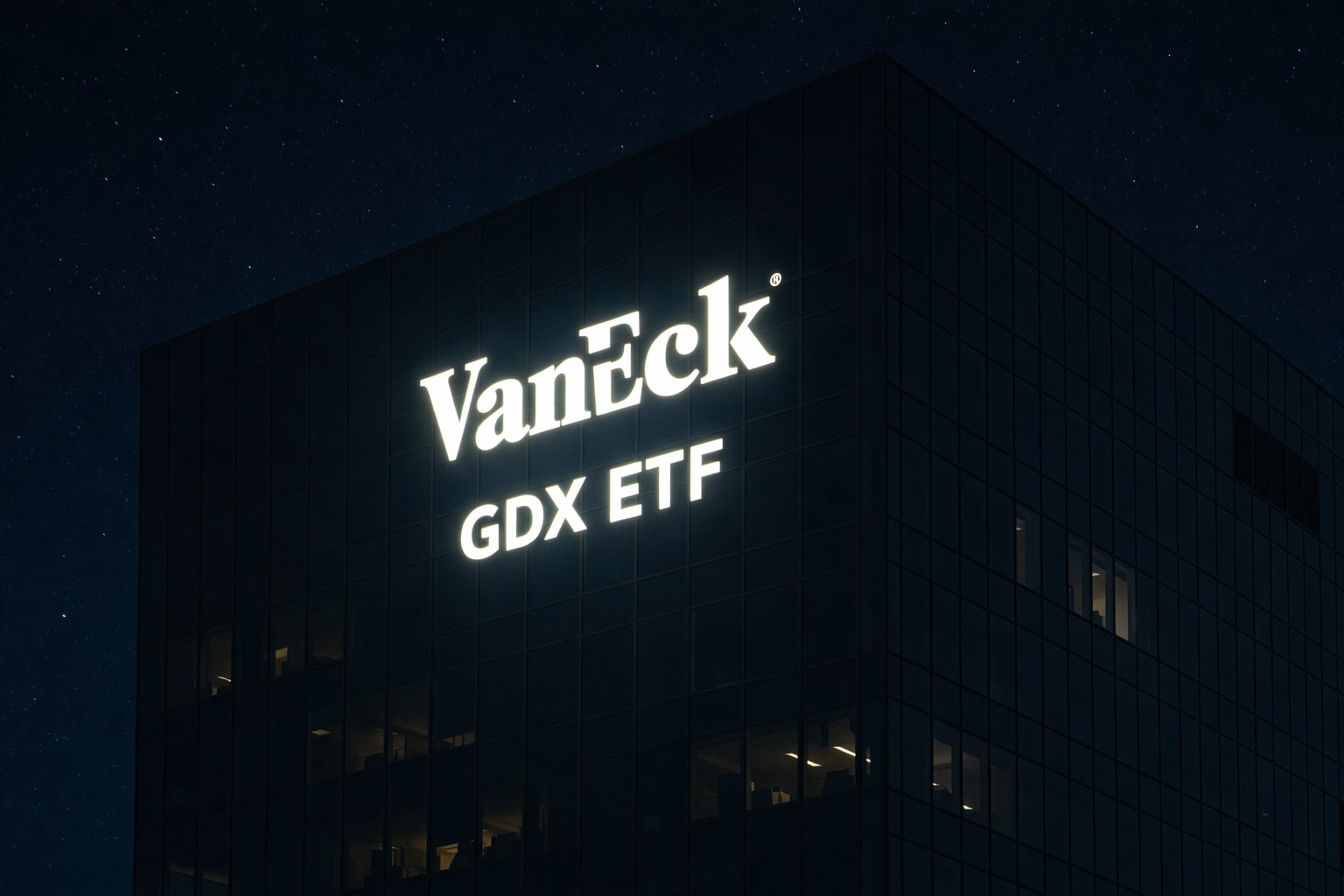
Copper Price HG=F Retreats After $10,038 High as Supply Shifts and China Demand Clash
HG=F hovers near $4.63/lb with U.S. inventories swelling, Fed cut odds at 89.7%, and China’s factory slump offset by shrinking smelter output and September’s seasonal demand pickup | That's TradingNEWS
Copper (HG=F) Price Slides From $10,000 Peak as China Demand Wavers and U.S. Tariffs Reshape Trade Flows
HG=F Retreats After Five-Month High
Copper (HG=F) surged above $10,038 per tonne on the London Metal Exchange this week, briefly touching its strongest level since March, before sellers emerged. On COMEX, futures eased 0.14% to $4.638 per pound, equal to $10,203 per tonne, highlighting the hesitation after a 14% year-to-date advance. Prices had already rallied 3% in August, aided by a weaker U.S. dollar and rising conviction that the Federal Reserve will cut rates in September. Yet the rally faced a setback as China’s official manufacturing index for August posted a sharp contraction, underscoring demand fragility in the world’s largest copper consumer.
China’s Slowdown Versus Supply-Side Tightness
Despite weak industrial signals, physical market dynamics remain supportive. Premiums on imported copper into China climbed higher, inventories are historically low for this time of year, and several smelters are preparing for maintenance outages in September. Supply pressure is also mounting from new U.S. tariffs: Washington imposed a 50% levy on semi-finished copper products starting August 1 under Section 232 national security measures. Items including copper wire, billet, plate, and tubing now face higher costs, while raw materials like cathode and ore remain exempt. The shift has upended trade flows, with U.S. inventories swelling above 600,000 tonnes, creating localized oversupply while tightening availability elsewhere.
HG=F Technical Outlook Between $4.42 and $4.75
Technicals show copper consolidating after hitting a one-month high of $4.6745 per pound earlier this week. Analysts flag the 200-day simple moving average at $4.7662 as the next resistance target, while immediate support rests at $4.5410 and deeper protection at $4.4200. On the bullish side, momentum indicators suggest that holding above $4.60 could propel prices back toward $4.75, while failure to defend the $4.42–$4.45 corridor risks unwinding gains and testing $4.26. Market participants are also watching the premium collapse between COMEX and LME, which has narrowed from 28% to nearly zero, erasing arbitrage opportunities that had fueled Asian cargoes into the U.S.
Read More
-
GDX ETF at $88 While Gold Tests $4,400: Are Gold Miners Poised for $100?
19.12.2025 · TradingNEWS ArchiveStocks
-
XRP ETF Boom: XRPI at $10.94 and XRPR at $15.49 as XRP-USD Clings to the $1.80–$1.90 Zone
19.12.2025 · TradingNEWS ArchiveCrypto
-
Natural Gas Price Forecast: NG=F Hovering Near $3.92 As Weather, LNG And Storage Collide
19.12.2025 · TradingNEWS ArchiveCommodities
-
USD/JPY Price Forecast - Dollar to Yen Near 157 as BoJ’s 0.75% Rate Hike Backfires on the Yen
19.12.2025 · TradingNEWS ArchiveForex
Macro Catalysts Reinforce Bullish Tilt
CME FedWatch now assigns an 89.7% probability to a September 25-basis-point Fed rate cut, with traders pricing a 46% chance of another cut in October. This dovish tilt has weakened the dollar, a key support for metals. In China, equities surged late August with the Shanghai Composite crossing 3,800 for the first time in a decade, improving risk sentiment. At the same time, sulphuric acid price gains have kept smelter economics stable despite tightening treatment charges, helping balance refined output. China’s cathode production is projected to fall by 52,500 tonnes in September, a 4.5% month-on-month decline, with Jiangxi smelters particularly exposed to scrap shortages.
Divergent Demand Between East and West
While China’s property slowdown, weaker solar panel deployment, and cooling demand for white goods restrain growth, the U.S. and Europe are accelerating copper-intensive investments. Reshoring initiatives, infrastructure spending, and grid upgrades in North America are creating a new demand base that offsets Asian softness. U.S. futures now trade at a premium to LME, underscoring this regional divergence. Moreover, tokenized asset launches on blockchains like Solana are beginning to intersect with copper financing, signaling future crossovers between digital markets and physical commodities.
Investment Strategies in a Volatile HG=F Market
The 20% correction from July’s $5.80 per pound peak to August’s $4.43 low highlighted the fragility of speculative positioning. But forecasts now center around stabilization near $9,100 per tonne in Q3, with recovery toward $9,350 in Q4 as inventories normalize. Institutional strategies include buying dips for long-term electrification exposure, using adaptive hedges to manage volatility, and tracking the gold-to-copper ratio as an inflation gauge. Copper’s fundamental case rests on surging demand from electric vehicles, renewable infrastructure, and grid expansion. Developers like Marimaca Copper, Gladiator Metals, and Fitzroy Minerals are drawing investor interest due to high-grade deposits and ESG-aligned projects that fit North America’s reshoring narrative.



















